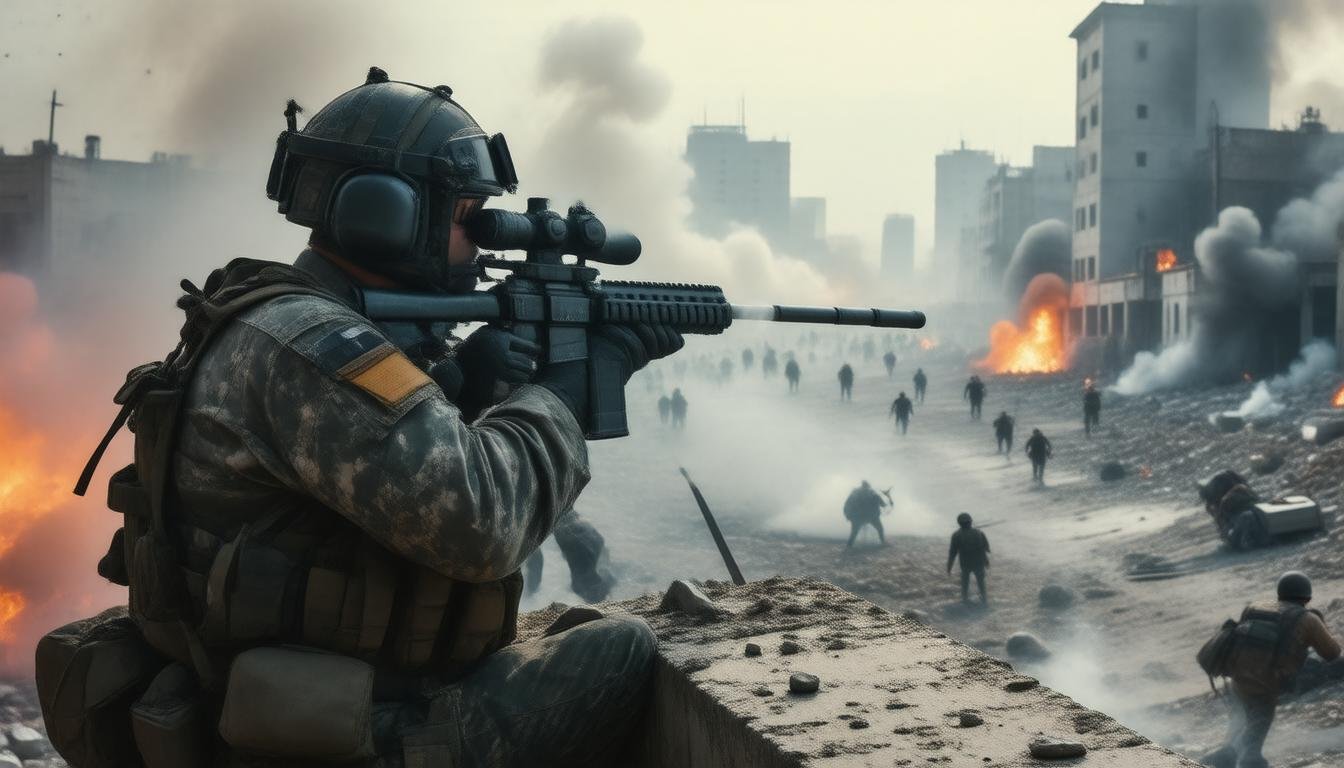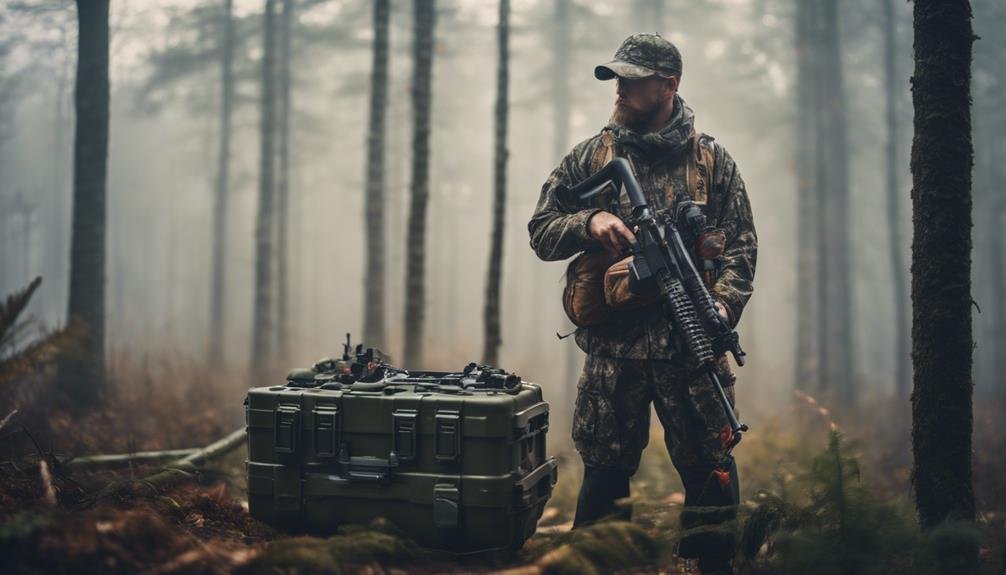In the highly anticipated release of ‘Sniper Elite: Resistance,’ players return to the immersive world of tactical combat, characterized by the franchise’s signature blend of stealth and ultraviolent action.
This time, players step into the shoes of Harry Hawker, a new protagonist who, although reminiscent of previous hero Karl Fairburne, brings a unique twist with his witty demeanor.
Set against the backdrop of World War II, players join Hawker as he collaborates with French Resistance fighters to sabotage a looming Nazi superweapon threat.
While the gameplay remains engaging and expertly crafted, the narrative leaves much to be desired, relying heavily on familiar tropes rather than introducing new thematic elements.
This review delves into the mechanics and mission design that keep players captivated, juxtaposed with the narrative’s shortcomings in exploring deeper issues related to the historical context.
Key Takeaways
- Gameplay takes center stage in ‘Sniper Elite: Resistance’, with engaging mechanics and mission design.
- The narrative suffers from a lack of depth and fails to explore relevant World War II themes.
- Stealth tactics and detailed killcams provide a satisfying experience for players despite repetitive mechanics.
Gameplay Mechanics and Mission Design
In the world of action video games, particularly within the famed Sniper Elite series, ‘Sniper Elite: Resistance’ emerges as both a homage to its predecessors and a standalone experience.
Focused heavily on engaging gameplay mechanics and intricate mission design, this title captivates players with its blend of stealth and ultraviolent action against the backdrop of World War II.
Central to this narrative is the new protagonist, Harry Hawker, reminiscent of the series’ former lead, Karl Fairburne, but distinguished by a notably humorous demeanor that adds a fresh twist to the character dynamics.
The core plot revolves around Hawker’s collaboration with French Resistance fighters, aiming to dismantle a sinister Nazi superweapon plot.
However, while the gameplay mechanics shine with varied missions that encourage creativity and strategic thinking, the narrative itself feels underwhelming and lacks the thematic engagement one might hope for in a WWII setting.
Critics lament that the storyline fails to tackle significant contemporary issues related to fascism, a missed opportunity that could have lent greater weight and relevance to the game.
Yet, players will find solace in the meticulously crafted environments and challenging levels, where the combination of stealth tactics and the game’s detailed killcam feature provide a satisfying core gameplay experience.
For those passionate about action-packed stealth games, ‘Sniper Elite: Resistance’ continues the franchise’s legacy, delivering compelling mechanics and innovative mission designs that keep players engaged, despite some narrative shortcomings.
Narrative and Thematic Depth
While ‘Sniper Elite: Resistance’ primarily emphasizes its thrilling gameplay and stunning visual design, the game also presents an array of environmental storytelling elements that subtly enrich the player experience.
Each level is carefully crafted to reflect the historical context of World War II, showcasing areas like bustling Resistance hideouts and derelict Nazi outposts that tell their own stories through intricate details.
Players may find themselves drawn into the atmosphere, where the ruins of war and hints of resistance culture invite deeper exploration.
The inclusion of various collectibles and historical artifacts scattered throughout these environments encourages players to engage with the setting beyond mere gameplay mechanics, fostering a sense of connection to the wartime narrative.
This approach, while not overtly thematic, offers layers that can enhance the immersion for players willing to delve deeper into the game’s context.










